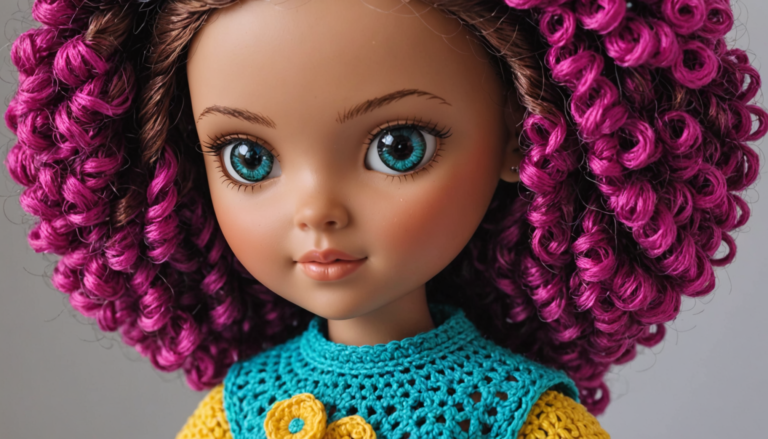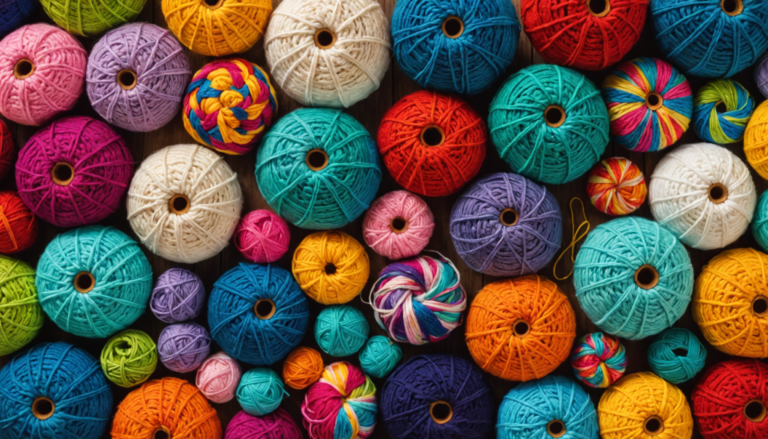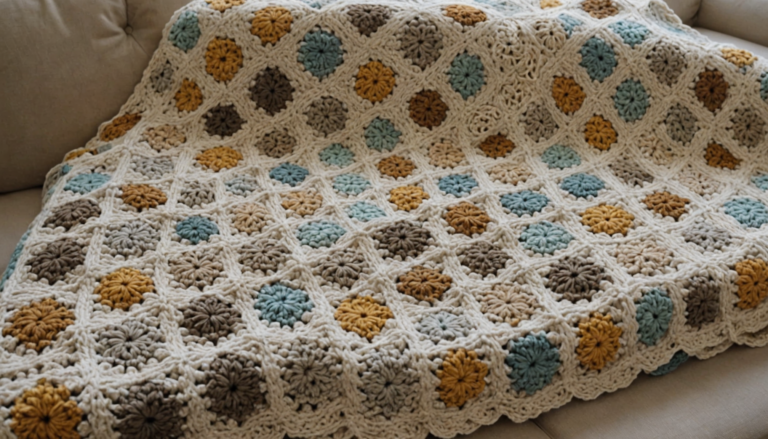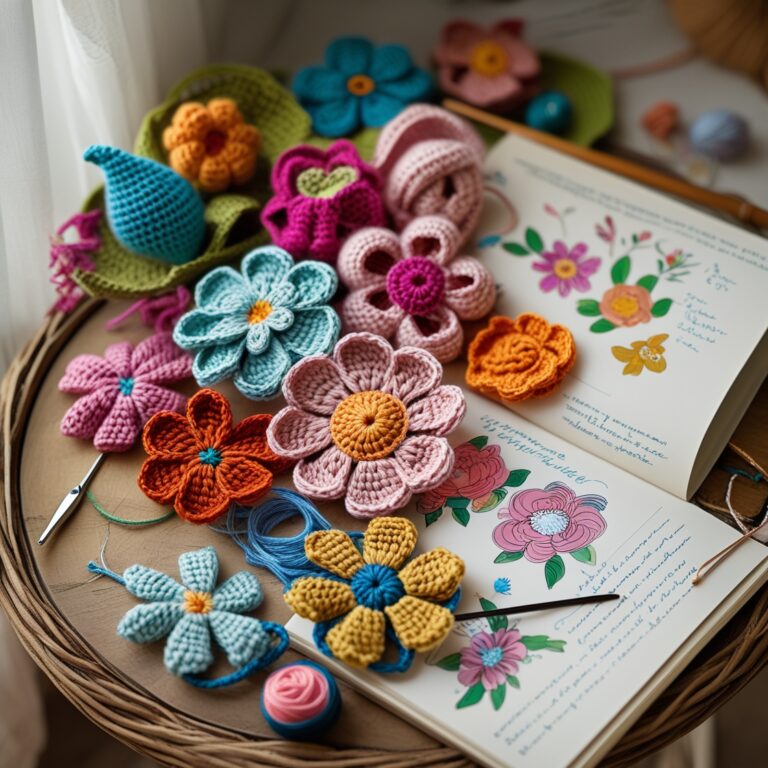“
Mastering Crochet Stitches: A Comprehensive Guide for Beginners & Experts
Introduction
Embark on a captivating journey into the world of crochet stitches! Whether you’re a beginner eager to learn the fundamentals or an intermediate crocheter looking to expand your skillset, this comprehensive guide will equip you with the knowledge and techniques to master a wide array of stitches. We’ll explore basic stitches, delve into advanced techniques, and uncover inspiring patterns to elevate your crochet creations. Get ready to transform your yarn into stunning works of art!
A Brief History of Crochet
Before diving into the stitches themselves, let’s briefly explore the rich history of crochet. While its exact origins are debated, evidence suggests crochet practices existed in various forms across different cultures centuries ago. From its humble beginnings, crochet has evolved into a globally recognized craft, embraced for its versatility and the beauty it allows crafters to create. This evolution has led to the development of a vast array of stitches, each with its unique texture and application.
Essential Tools and Materials
Before you begin, gather your essential tools and materials. You’ll need:
- Yarn: Choose a yarn weight appropriate for your project and skill level. Experiment with different fibers like cotton, wool, acrylic, or blends to discover your favorites.
- Crochet Hook: Select a hook size that matches your chosen yarn weight. The hook size is crucial for achieving the correct stitch tension and overall look of your project.
- Scissors: Sharp scissors are essential for cutting yarn cleanly.
- Yarn Needle: A yarn needle is helpful for weaving in loose ends and attaching components.
- Stitch Markers (optional): Stitch markers are incredibly useful for keeping track of your progress, particularly in more complex patterns.
The Importance of Mastering Various Stitches
Proficiency in various crochet stitches unlocks a world of creative possibilities. Mastering different stitches allows you to:
- Create diverse textures: Experiment with different stitches to achieve a variety of textures, from delicate lace to chunky cables.
- Develop intricate patterns: Complex stitch combinations enable you to create intricate and visually stunning patterns.
- Expand project options: Your stitch repertoire directly influences the types of projects you can undertake, from garments and blankets to amigurumi and home décor.
- Enhance your problem-solving skills: Understanding stitch construction helps you troubleshoot issues and adapt patterns to your preferences.
Basic Crochet Stitches: Building Your Foundation
These fundamental stitches are the cornerstone of crochet. Practice these until you feel comfortable and confident before moving on to more advanced techniques.
- Slip Knot: This is your starting point. Learn to create a secure slip knot that won’t easily come undone.
- Chain Stitch (ch): The chain stitch forms the foundation for most crochet projects. It’s a simple yet essential stitch to master.
- Single Crochet (sc): A short and compact stitch, the single crochet creates dense fabric, ideal for amigurumi or sturdy items.
- Half Double Crochet (hdc): Taller than the single crochet, the half double crochet offers a slightly looser fabric with a nice texture.
- Double Crochet (dc): A taller stitch than the hdc, the double crochet creates an open, airy fabric, perfect for blankets and shawls.
- Slip Stitch (sl st): Used to join rounds or finish off projects, the slip stitch creates a nearly invisible seam.
- Fasten Off: Learn how to properly fasten off your yarn to prevent unraveling and create a neat finish.
Advanced Crochet Stitches: Expanding Your Horizons
Once you’ve mastered the basics, it’s time to explore more advanced stitches to add depth and complexity to your work.
- Treble Crochet (tr): Even taller than the double crochet, the treble crochet creates a very open and airy fabric.
- Half Treble Crochet (htr): A midway point between the double and treble crochet, offering a unique texture.
- Double Treble Crochet (dtr): The tallest of the basic crochet stitches, perfect for creating dramatic effects.
- Increase and Decrease Stitches: Mastering increases and decreases is crucial for shaping your projects. Learn how to increase stitches (creating more stitches in a row) and decrease stitches (reducing the number of stitches).
- Post Stitches (Front and Back): Post stitches add texture and dimension to your work by crocheting into the front or back loop of a stitch. They open up possibilities for unique patterns and effects.
Crochet Stitch Patterns: Unleashing Your Creativity
Combining basic and advanced stitches allows you to create a myriad of beautiful patterns.
- Common Patterns: Explore popular patterns like the chevron stitch (creating a zig-zag effect), shell stitch (producing a textured, wave-like pattern), and granny square (a classic square pattern used in blankets and other projects).
- Techniques for Combining Stitches: Learn how to seamlessly transition between different stitches to create unique and visually appealing designs. Experiment with color changes to enhance your patterns.
- Tips for Creating Your Own Patterns: With enough practice, you’ll be able to design your own unique stitch combinations and patterns. Start by experimenting with small samples and gradually build up your designs.
Crochet Stitch Diagrams and Tutorials: Visual Learning
Visual aids are invaluable in mastering crochet stitches.
- Step-by-Step Instructions: Clear written instructions are crucial, but supplementing them with diagrams makes the process even easier to understand.
- Video Tutorials: Video tutorials provide a dynamic way to learn, allowing you to observe the techniques in action.
- Diagrams for Complex Stitches: Diagrams are particularly helpful for intricate stitches, offering a visual representation of the stitch construction.
Common Mistakes and How to Avoid Them
Even experienced crocheters encounter challenges. Here are some common issues and solutions:
- Uneven Tension: Maintaining consistent tension is key to creating even fabric. Practice regularly to develop a consistent touch.
- Dropped Stitches: Dropped stitches are frustrating, but easily remedied by carefully picking up the dropped loops.
- Incorrect Stitch Counts: Always double-check your stitch count at the end of each row to ensure you’re on track.
- Inconsistent Gauge: Gauge refers to the number of stitches and rows per inch. Practice your gauge swatch to ensure your project will come out to the correct size.
Inspiration for New Projects
Once you’ve mastered a variety of stitches, the possibilities are endless!
- Finding New Project Ideas: Explore online resources, crochet books, and magazines for inspiration.
- Combining Stitches for Unique Designs: Don’t be afraid to experiment with different stitch combinations to create your own signature style.
- Using Different Yarn Weights and Colors: Experimenting with different yarns adds depth and visual interest to your projects.
Conclusion
Mastering crochet stitches is a rewarding journey of skill development and creative expression. By consistently practicing the techniques outlined in this guide, you’ll gradually build your confidence and expand your creative horizons. Embrace the process, enjoy the journey, and let your imagination guide you as you transform yarn into breathtaking works of art.
FAQ
- Q: What is the best way to learn crochet stitches? A: A combination of written instructions, visual diagrams, and video tutorials is often the most effective approach.
- Q: How do I fix dropped stitches? A: Carefully use your crochet hook to pick up the dropped loops and rejoin them to the row.
- Q: How do I choose the right hook size for my yarn? A: The yarn label usually recommends a suitable hook size. Experiment to find what works best for you.
- Q: Where can I find more crochet stitch patterns? A: Numerous online resources, books, and magazines offer a wide range of crochet stitch patterns.
This comprehensive guide provides a strong foundation for your crochet journey. Remember, practice makes perfect! Happy crocheting!
“






